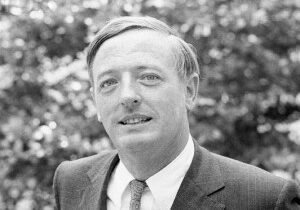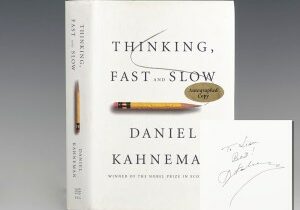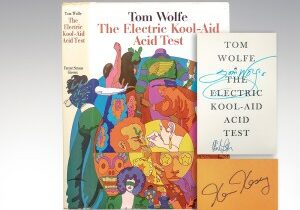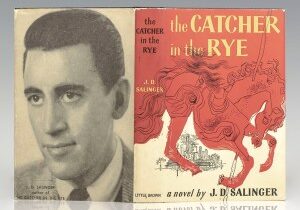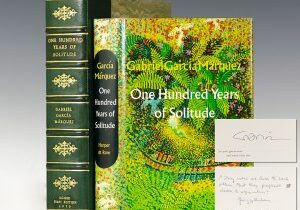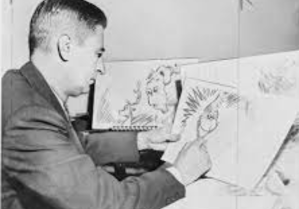Initially proposed by a group of African American educators at Kent State University in February of 1969, Black History Month was officially recognized by President Gerald Ford as a month of national observance in 1970 during the United States Bicentennial where he urged American citizens to “seize the opportunity to honor the too-often neglected accomplishments of black Americans in every area of endeavor throughout our history”.
Many of the most celebrated and influential literary works written by African Americans were published in the mid 20th century with the birth of the Harlem Renaissance in New York City and the Civil Rights Movement throughout the United States.
Among the most celebrated authors of the Harlem Renaissance is poet Langston Hughes who published nine volumes of poetry, eight books of short stories, two novels and several plays throughout his lifetime. Hughes was one of the earliest innovators of jazz poetry which was composed of vivid depictions of the real life circumstances and experiences of African Americans living in the lower socio-economic strata of New York City. “More than any other American writer, Langston Hughes brought African American culture and traditions into American literature” (Oxford Encyclopedia, 237).
Published in 1952, Hughes’ collection of short fiction, Laughing to Keep from Crying, highlighted the finest aspects of his work: his “simple, direct, style, the thirst for social criticism, the balance between satire and comedy, the basic, easily recognizable plot line, and the ability to create ‘everyman’ characters” (Ostram, Langston Hughes). Its title, drawn from a blues lyric, especially speaks to how “Hughes was galvanized by the music of his people, whether blues, jazz, or religious… his specific commitment to depicting and strengthening the African American heartbeat in America… gave him a place of central importance in 20th-century African American literature and American literature generally” (Gates and Higginbotham, African American Lives, 420-22).

First Edition of I Wonder As I Wander: An Autobiographical Journey; Lengthily Inscribed by Langston Hughes
In I Wonder as I Wander, Langston Hughes vividly recalled the most dramatic and intimate moments of his life in the turbulent 1930s. His wanderlust led him to Cuba, Haiti, Russia, Soviet Central Asia, Japan, Spain (during its Civil War), through dictatorships, wars, revolutions. He met and brought to life the famous and the humble, from Arthur Koestler to Emma, the Black Mammy of Moscow. It was hailed as a continuously amusing, wise revelation of an American writer journeying around the often strange and always exciting world he loved.
A close personal friend of Hughes and the other great novelist to emerge from the Harlem Renaissance, Zora Neale Hurston came to be known for her raw and vivid portrayal of the racial struggles that defined the American south of the early 20th century. Much of Hurston’s work was criticized by her contemporaries for not aligning with the political motivations of the broader literary movement of the Harlem Renaissance, she was often criticized for exploiting the stereotype of the quaint, rural, and poorly educated African-American.
Published in 1938, Tell My Horse revolved around Hurston’s personal experiences in Haiti and Jamaica where she participated as an initiate rather than just an observer during her visits in the 1930s. Tell My Horse is a fascinating firsthand account of the mysteries of Voodoo; an invaluable resource and remarkable guide to Voodoo practices, rituals, and beliefs, it is a travelogue into a dark, mystical world that offers a vividly authentic picture of ceremonies, customs, and superstitions.
One of the first writers to to address the ideals of the Civil Rights movement, James Baldwin‘s literary works addressed both issues of race and sexuality. His deeply personal stories examined his experience as both an African American and homosexual man when neither identity was accepted by American culture.
Set in the 1950s Paris of American expatriates, liaisons, and violence, Baldwin’s Giovanni’s Room tells the story of a young man who finds himself caught between desire and conventional morality. With a sharp, probing imagination, James Baldwin’s now-classic narrative delved into the mystery of loving and created a moving, highly controversial story of death and passion that revealed the unspoken complexities of the human heart. Upon the book’s publication, novelist Michael Ondaatje said of Baldwin, “If Van Gogh was our 19th-century artist-saint, James Baldwin is our 20th-century one”.
In 1970 James Baldwin and American cultural anthropologist Margaret Mead met for an extraordinary seven-and-a-half-hour discussion about race and society. Mead brought her knowledge of racism as practiced in remote societies around the world. Baldwin brought his personal experience with the legacy of black American history. They talked with candor, passion, rage, and brilliance, and their discussion became A Rap on Race. Here is Baldwin’s creativity and fire. Here is Mead’s scholarship and reason. “Margaret Mead and James Baldwin are no ordinary people. . .their conversation. . .takes us along to places to which we could not otherwise go” (The Times Literary Supplement).
The other great novelist of the Civil Rights period was Ralph Ellison, best known for his novel Invisible Man, which won the National Book award of 1953 and was the his only novel published during his lifetime.
Published by Random House in 1952, Invisible Man told the story of an African American man whose skin color rendered him invisible. Through this allegory, Ellison addressed a number of social issues prevalent at the time including black nationalism, Marxist class policies, the reformist racist policies of Booker T. Washington, and deeper issues of personal identity and individuality. Not merely a coming-of-age story or exploration of race, the novel explored existential and absurdist themes and went on the become the inspiration for Barack Obama’s Dreams of my Father, according to the New York Times.
Our collection currently includes the fine first editions featured above as well as a number of important works by many other writers central to the African American literary canon including books written and signed by Frederick Douglass, Dr. Martin Luther King Jr., Toni Morrison, and Maya Angelou among many others.






